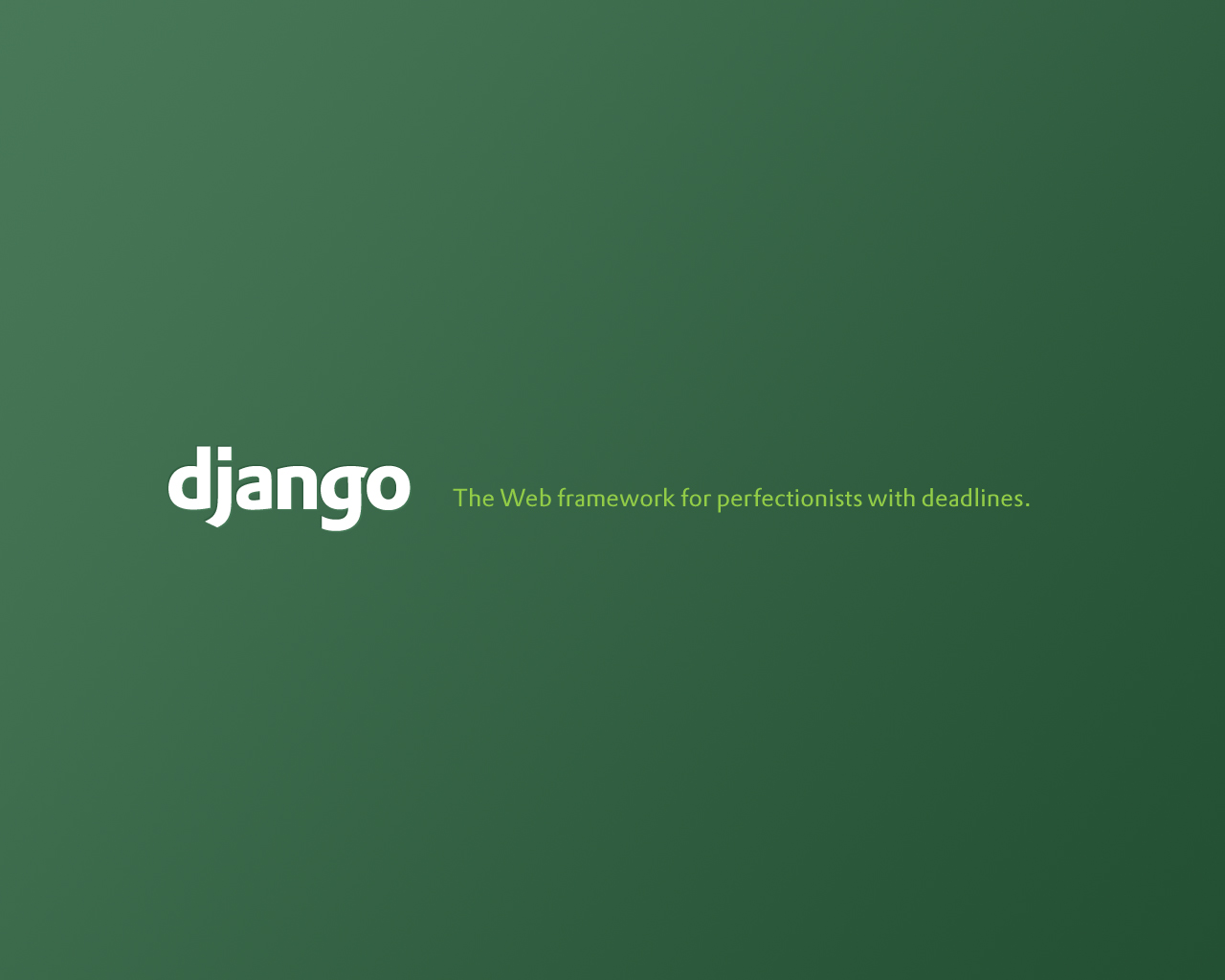
Django on Heroku with AWS S3 for files
Case: You want efficient collectstatic and serving of files
- You want static files and media files to be hosted on an AWS S3 bucket.
- (optional) You have too many files for “normal” collectstatic to be efficient.
- (optional) You have a non-US S3 bucket.
- (optional) You use Heroku
Disclaimer: Have not tested with python 2.7, can’t say if it’s working there.
0. Add the buckets to Amazon S3
Do this: How to add an S3 bucket
1. Add the dependencies
pip install django-redis-cache==1.6.5
pip install django-storages-redux==1.3
pip install Collectfast==0.2.3You probably want these added in your requirements.txt as well
pip freeze > requirements.txtIf you do use heroku, you will need redis-cache as well:
heroku plugins:install heroku-redis --app myherokuappname2. Change your settings.py
Note: These settings file are not an easy example settings, but they’re damn awesome. You can naively copy them (replace the red parts) .
If you do use heroku, remember to set environment variables on the app dashboard. Required vars are AWS_ACCESS_KEY, S3_BUCKET, AWS_SECRET_KEY and AWS_REGION (e.g. eu-west-1) Also, if you use e.g. CloudFront to front your S3 bucket, you can set the MEDIA_URL and STATIC_URL environment variables to point to these (optional)
If you don’t use heroku, put your value for these 4 variables in between the ’ ’ at the end of the line.
AWS_REGION = os.environ.get('AWS_REGION', '') # e.g. eu-west-1
AWS_ACCESS_KEY_ID = os.environ.get('AWS_ACCESS_KEY', '')
AWS_SECRET_ACCESS_KEY = os.environ.get('AWS_SECRET_KEY', '')
AWS_STORAGE_BUCKET_NAME = os.environ.get('S3_BUCKET', '')
AWS_S3_CALLING_FORMAT = "boto.s3.connection.OrdinaryCallingFormat"
AWS_PRELOAD_METADATA = True
...
if AWS_STORAGE_BUCKET_NAME:
STATIC_URL = 'https://s3-%s.amazonaws.com/%s/static/' % (AWS_REGION, AWS_STORAGE_BUCKET_NAME)
MEDIA_URL = 'https://s3-%s.amazonaws.com/%s/media/' % (AWS_REGION, AWS_STORAGE_BUCKET_NAME)
STATICFILES_STORAGE = 'myapp.customstorages.StaticStorage'
DEFAULT_FILE_STORAGE = 'myapp.customstorages.MediaStorage'
STATICFILES_LOCATION = 'static' # name of folder within bucket
MEDIAFILES_LOCATION = 'media' # name of folder within bucket
else:
STATIC_URL = '/static/'
MEDIA_URL = '/media/'
MEDIA_URL = os.environ.get('MEDIA_URL', MEDIA_URL)
STATIC_URL = os.environ.get('STATIC_URL', STATIC_URL)
...
def get_static_memcache():
from urllib.parse import urlparse
if os.environ.get('REDIS_URL', ''):
redis_url = urlparse(os.environ.get('REDIS_URL'))
return {
"BACKEND": "redis_cache.RedisCache",
'TIMEOUT': None,
"LOCATION": "{0}:{1}".format(redis_url.hostname, redis_url.port),
"OPTIONS": {
"PASSWORD": redis_url.password,
"DB": 0,
}
}
return {
'BACKEND': 'django.core.cache.backends.locmem.LocMemCache',
'TIMEOUT': None,
'OPTIONS': {
'MAX_ENTRIES': 5000
}
}
CACHES = {
# Replace the default cache with your existing one (if you have any)
'default': {
'BACKEND': 'django.core.cache.backends.locmem.LocMemCache'
},
'collectfast': get_static_memcache(),
}
COLLECTFAST_CACHE = 'collectfast'3. Add customstorages file
This allows you to have a bucket outside the default US-region. Also it makes sure we can use one bucket for both media and static files. Store this file in the same folder as your settings file (or settings-folder):
from django.conf import settings
from storages.backends.s3boto import S3BotoStorage
import os
os.environ\['S3_USE_SIGV4'\] = 'True'
class StaticStorage(S3BotoStorage):
host = "s3-%s.amazonaws.com" % settings.AWS_REGION
@property
def connection(self):
if self._connection is None:
self._connection = self.connection_class(
self.access_key, self.secret_key,
calling_format=self.calling_format, host=self.host)
return self._connection
class MediaStorage(S3BotoStorage):
location = settings.MEDIAFILES_LOCATION
host = "s3-%s.amazonaws.com" % settings.AWS_REGION
@property
def connection(self):
if self._connection is None:
self._connection = self.connection_class(
self.access_key, self.secret_key,
calling_format=self.calling_format, host=self.host)
return self._connection4. Profit!
Note that when you now run collectstatic (or Heroku does it for you), it will take a while. Collectfast utilizes its own cache, stores md5-sums for the collected files and checks them vs your AWS bucket. I think it took ~10 minutes for our ~3000 files. However, it will store these in the specified cache, and be blazingly fast next time :)